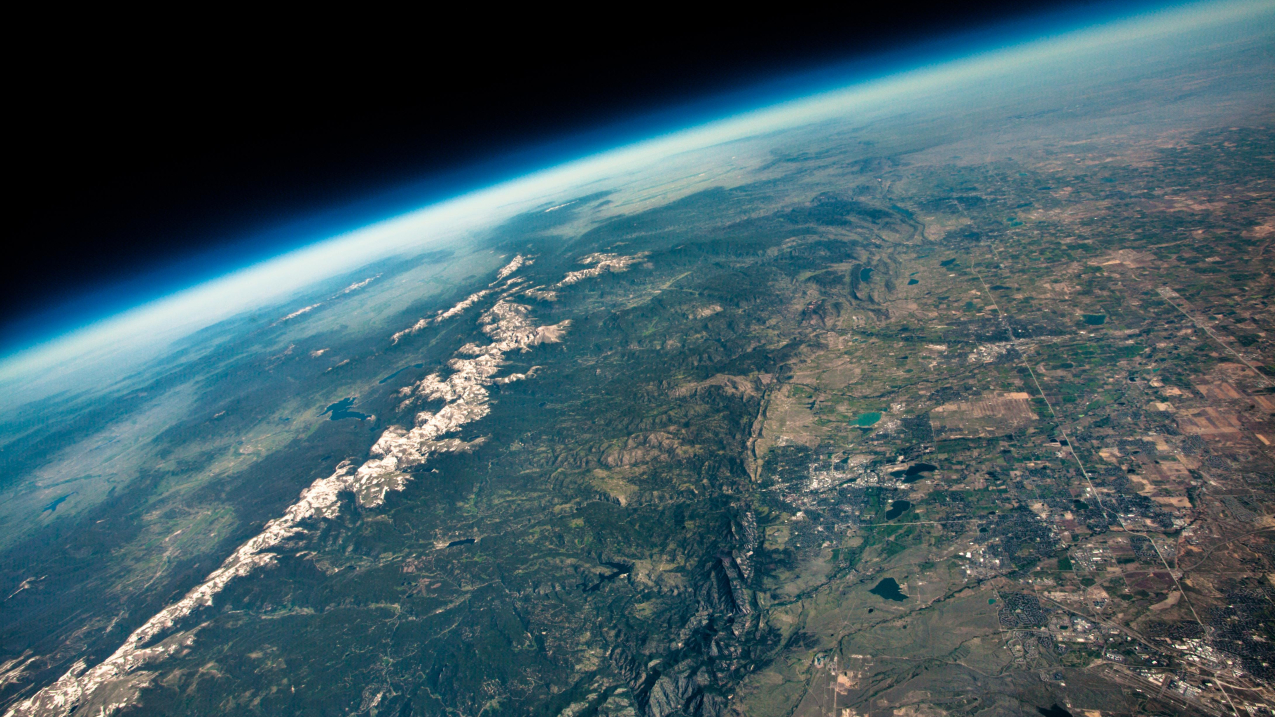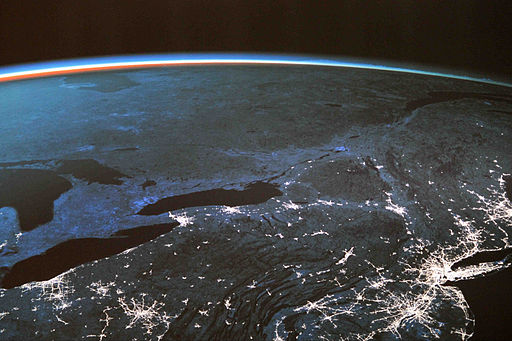4 facts you might not know about ozone and the Montreal Protocol
Posted
Last Updated
By www.noaa.gov
Here are four facts about ozone, and the treaty that protects the ozone layer.

1. The Montreal Protocol was written to address ozone depletion caused by industrial chemicals.
In the 1970s, scientists (including several experts from NOAA) discovered that an important function of the stratosphere performed by ozone was impaired by persistent, industrial chemicals known as chlorofluorocarbons (CFCs). These chemicals led to the destruction of ozone molecules and depleted the layer that protects all life on Earth. One key concern was the large “hole” which was opening in the ozone layer each year over Antarctica.
Stratospheric ozone, which is found about 7-25 miles above the Earth, protects life on the Earth’s surface from the harmful effects of ultraviolet radiation, including skin cancer and weakened immune systems in humans. It also enables healthy ecosystems and productive agriculture.
Atmospheric scientists identified the actions that humans were taking to cause the stratospheric ozone depletion. Chlorine and bromine, released by the breakdown of CFCs, were particularly problematic. The 1987 Montreal Protocol phased out production and use of these and other substances that deplete ozone. These bans have had a significant, positive impact on the ozone layer.
Read more at www.noaa.gov

